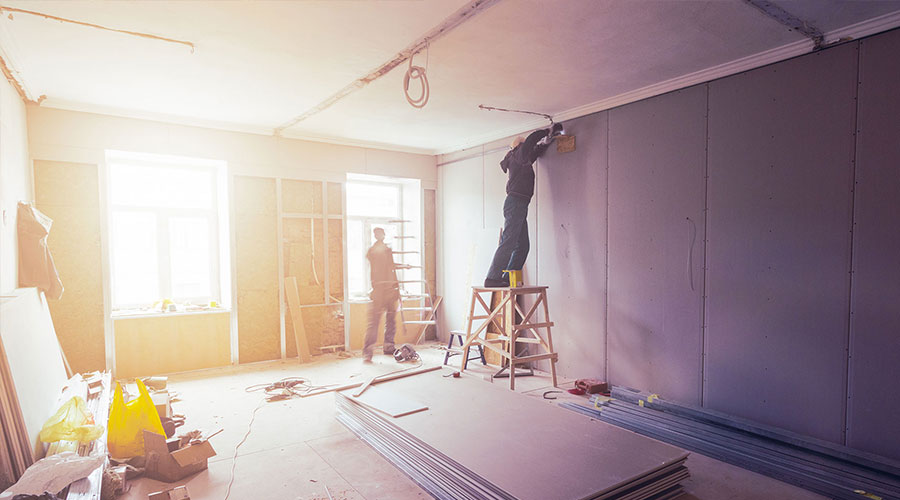
How to Implement Modern AV in Historic Buildings
Most people are familiar with the motto “reduce, reuse, and recycle,” but some things are easier to re-purpose than others. While anyone with a pair of scissors can turn an old pair of jeans into a hip pair of cut-offs, for example, re-purposing an older building for a new use is more complicated. Known as adaptive reuse, this can require a careful balance of preserving historical elements while introducing modern technology and improving accessibility. Working on AV projects in older, historic buildings often requires creative problem-solving, and that makes choosing an integrator familiar with preservation guidelines a very important step in the adaptive reuse process. Here are three things to discuss with your integrator before you tackle an AV project in a historic building.
3 THINGS YOUR INTEGRATOR NEEDS TO KNOW ABOUT HISTORIC PRESERVATION
- Understand restoration standards. The federal government has outlined building restoration and rehabilitation guidelines, and states, counties, and municipalities may have additional requirements as well. So, before you build a new wall for an interactive video display or remove decorative wood molding to make way for speakers or a ceiling-mounted mic array, be sure you understand what kinds of alterations are and aren’t allowed. For example, federal regulations require that historical design and architectural elements be preserved, and that deteriorating historical features be repaired—rather than replaced or removed—whenever possible.
- Understand ADA requirements. Part of just about every adaptive reuse project is bringing historical buildings into compliance with the Americans with Disabilities Act (ADA). Common ADA adaptations include adding wheelchair ramps and handrails, but there are also accessibility requirements for the technology you add to a historic building. Make sure you find an integrator who knows how to work with the architect and others involved in the project. This will help ensure the design can accommodate adaptations such as assistive listening device systems, two-way communication systems with audible and visual indicators, and other AV accessibility requirements.
- Update AV without altering history. Updating older and historic buildings to bring the technology into the 21st century often requires leaving most of the rest of the building in the past. This renovation requires careful planning and creative, out-of-the box thinking. Need a little inspiration? Check out this blog to learn how Level 3 AV installed new classroom AV in a building with historic chalkboards that couldn’t be altered.
LOOKING AHEAD TO PRESERVE THE PAST
Incorporating modern AV into historic buildings requires partnering with an integrator that is familiar with preservation guidelines and has the creativity and flexibility to meet them while still delivering the results you need. With advanced planning and careful cooperation with architects, designers, and others, the right integrator can deliver solutions that preserve the most important parts of the past while introducing the best technology of the present and future.
To get started, reach out to us here or click the chatbox below to connect instantly. We look forward to working with you.

